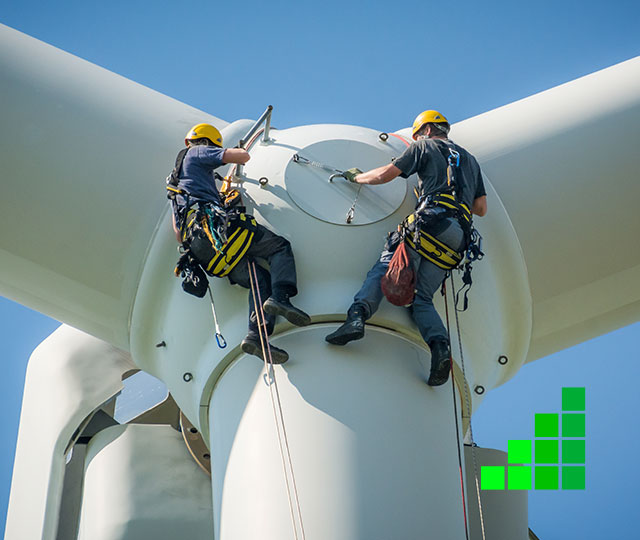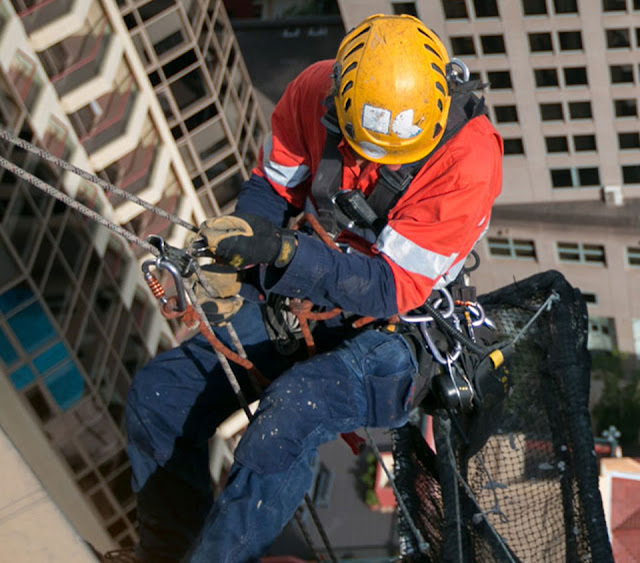Ensuring Height Safety: Protecting Yourself At Elevated Workplaces
Are you working in an occupation that involves tasks at elevated heights? Whether you're a construction worker, window cleaner, or maintenance technician, it's crucial to prioritize height safety Sydney to protect yourself from potential hazards. In this blog post, we'll explore the importance of height safety, key safety measures to implement, and the benefits of maintaining a safe work environment.
Why Height Safety Matters
Working at heights poses significant risks that can lead to severe injuries or even fatalities. Here's why height safety should be a top priority:
Preventing Falls: Falls from heights are one of the leading causes of workplace injuries and fatalities. Ensuring height safety measures significantly reduces the risk of falls and their devastating consequences.
Protecting Workers: Implementing height safety protocols demonstrates a commitment to employee well-being and creates a safer work environment. It helps protect workers from accidents, injuries, and long-term health issues caused by falls.
Legal Compliance: Many countries have regulations and standards in place to ensure height safety at workplaces. Compliance with these regulations is not only a legal requirement but also an ethical responsibility.

Essential Height Safety Measures
To maintain a safe working environment at elevated heights, it's essential to implement the following height safety measures:
Risk Assessment: Conduct a thorough risk assessment to identify potential hazards and assess the level of risk associated with working at heights. This assessment will help determine appropriate safety measures and control measures to mitigate risks.
Training and Education: Provide comprehensive training and education to workers on height safety procedures, equipment usage, and emergency protocols. Workers should be familiar with safety practices, hazard identification, and safe work practices when working at heights.
Fall Prevention Systems: Implement appropriate fall prevention systems to minimize the risk of falls. This may include:
Guardrails: Install sturdy guardrails around elevated work areas to prevent accidental falls.
Safety Harnesses and Fall Arrest Systems: Provide and require the use of safety harnesses and fall arrest systems when working at heights where a fall could occur.
Safety Nets: Install safety nets as an additional safety measure to catch falling workers or objects.
Regular Equipment Inspections: Ensure that all height safety equipment, such as harnesses, ladders, and scaffolding, undergoes regular inspections. Any damaged or faulty equipment should be immediately repaired or replaced to maintain optimal safety.
Clear Communication and Signage: Clearly communicate height safety procedures, warnings, and precautions through signs, labels, and verbal instructions. Ensure that all workers understand the importance of following safety protocols.
Supervision and Monitoring: Assign supervisors or safety officers to oversee work at elevated heights and monitor compliance with safety measures. They should conduct regular safety checks and provide guidance to workers.
The Benefits of Maintaining Height Safety
Investing in height safety measures offers numerous benefits for both workers and organizations:
- Worker Well-being: By prioritizing height safety, workers can perform their tasks with confidence and peace of mind, leading to improved well-being and job satisfaction.
- Reduced Accidents and Injuries: Height safety measures significantly reduce the risk of accidents and injuries, ensuring a safer work environment and minimizing lost productivity due to worker absences.
- Legal Compliance and Reputation: By adhering to height safety regulations, organizations maintain legal compliance and enhance their reputation as responsible employers.
- Cost Savings: Implementing height safety measures can result in long-term cost savings by reducing workers' compensation claims, insurance premiums, and potential legal liabilities.
Conclusion
Ensuring height safety Sydney is crucial for anyone working at elevated heights. By implementing essential safety measures, conducting risk assessments, providing proper training, and maintaining equipment, organizations can create a safer work environment and protect their employees from the risks associated with working at heights. Remember, prioritizing height safety is not only a legal requirement but also a moral obligation to ensure the well-being of all workers involved.
Source From: Ensuring Height Safety: Protecting Yourself At Elevated Workplaces


Comments
Post a Comment